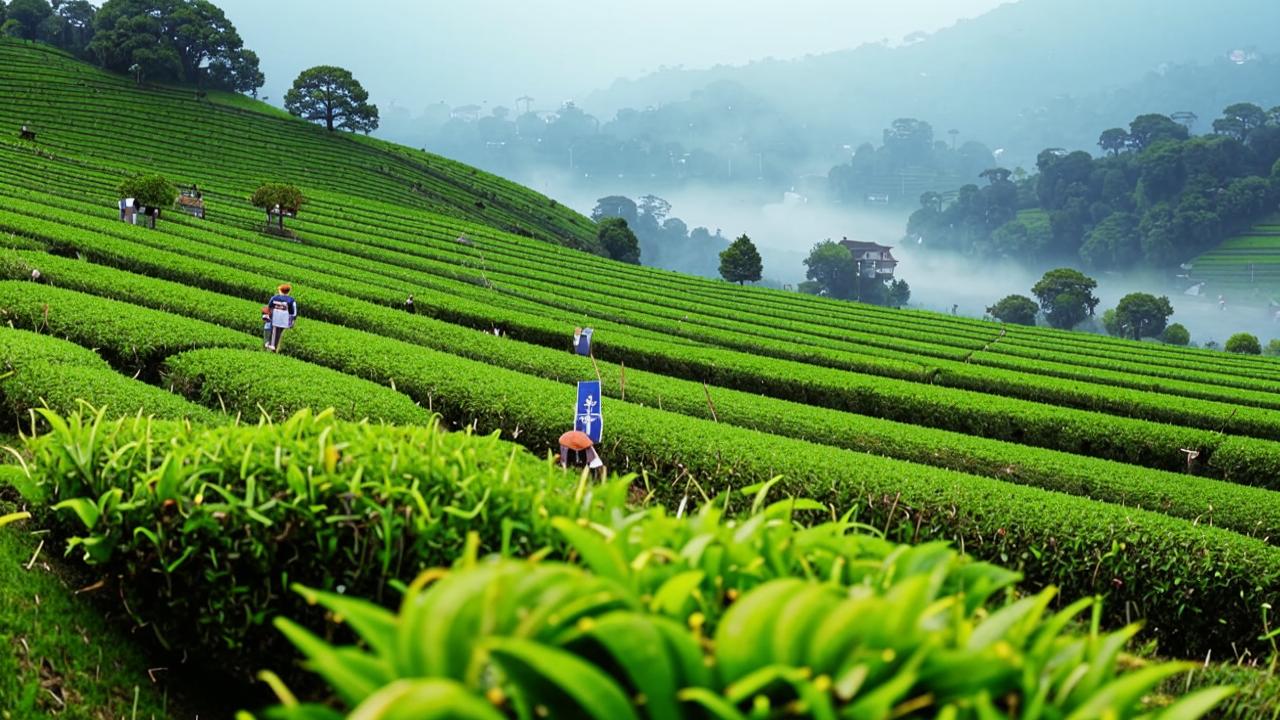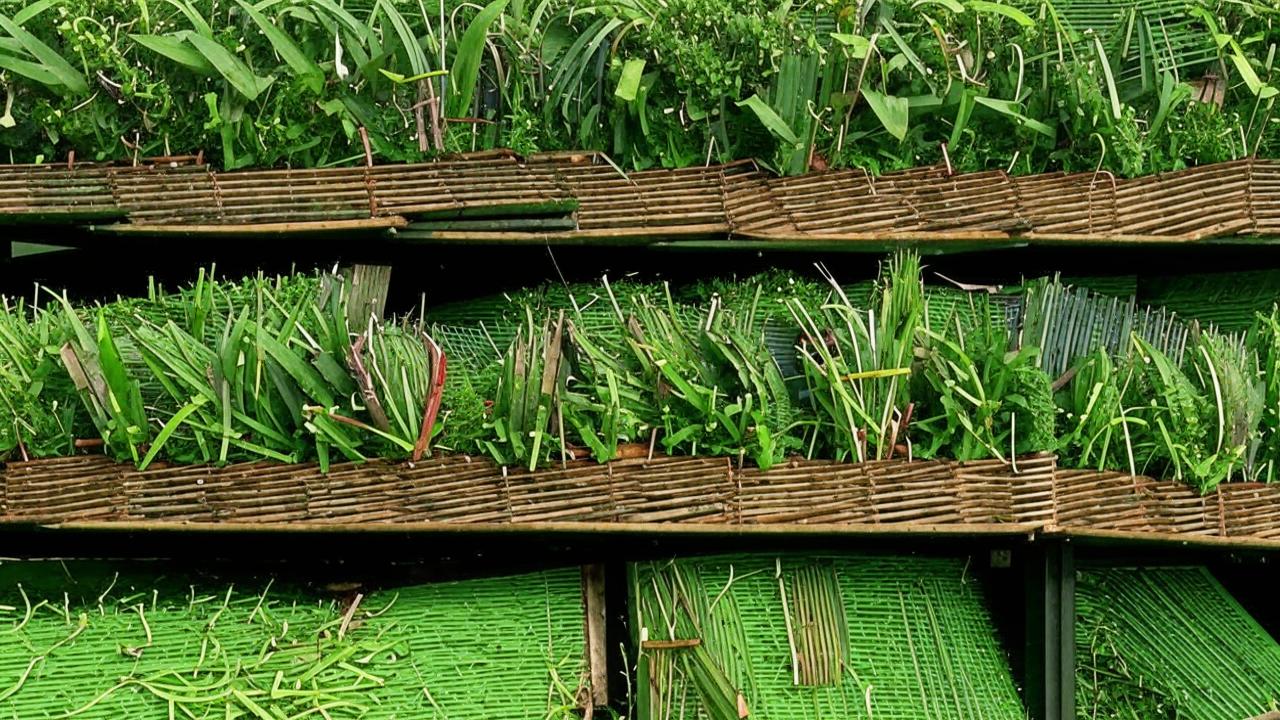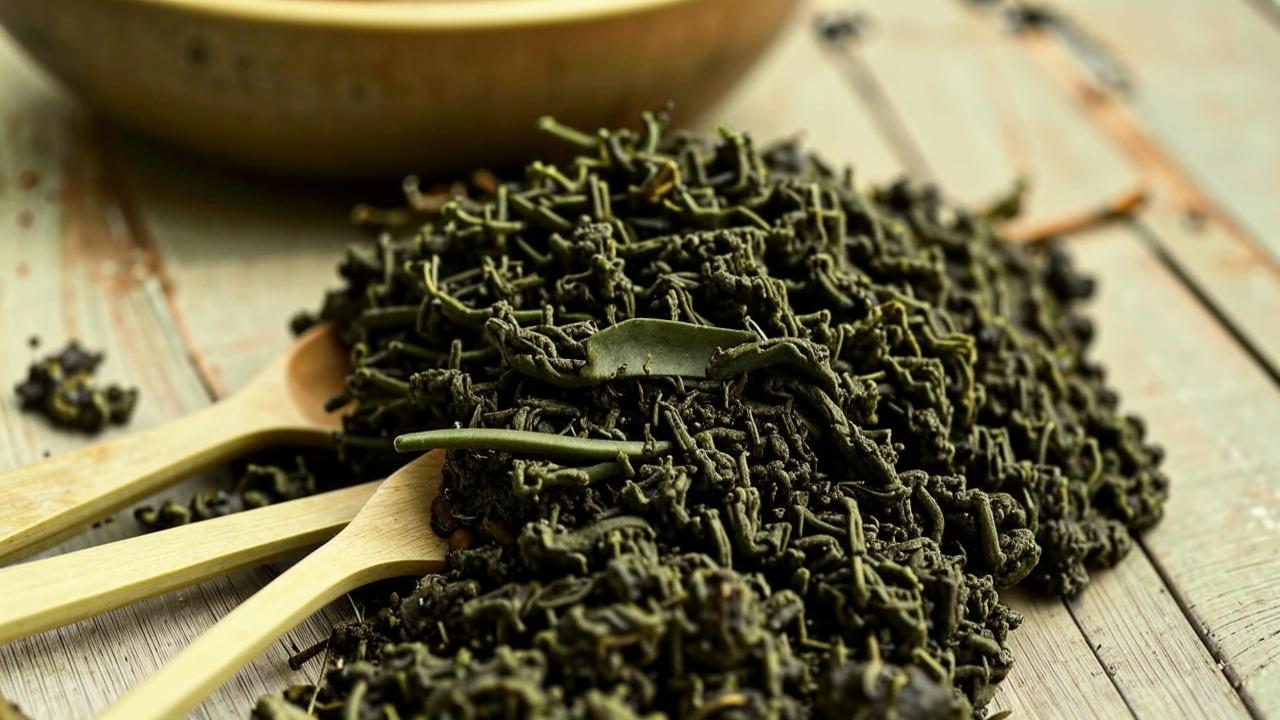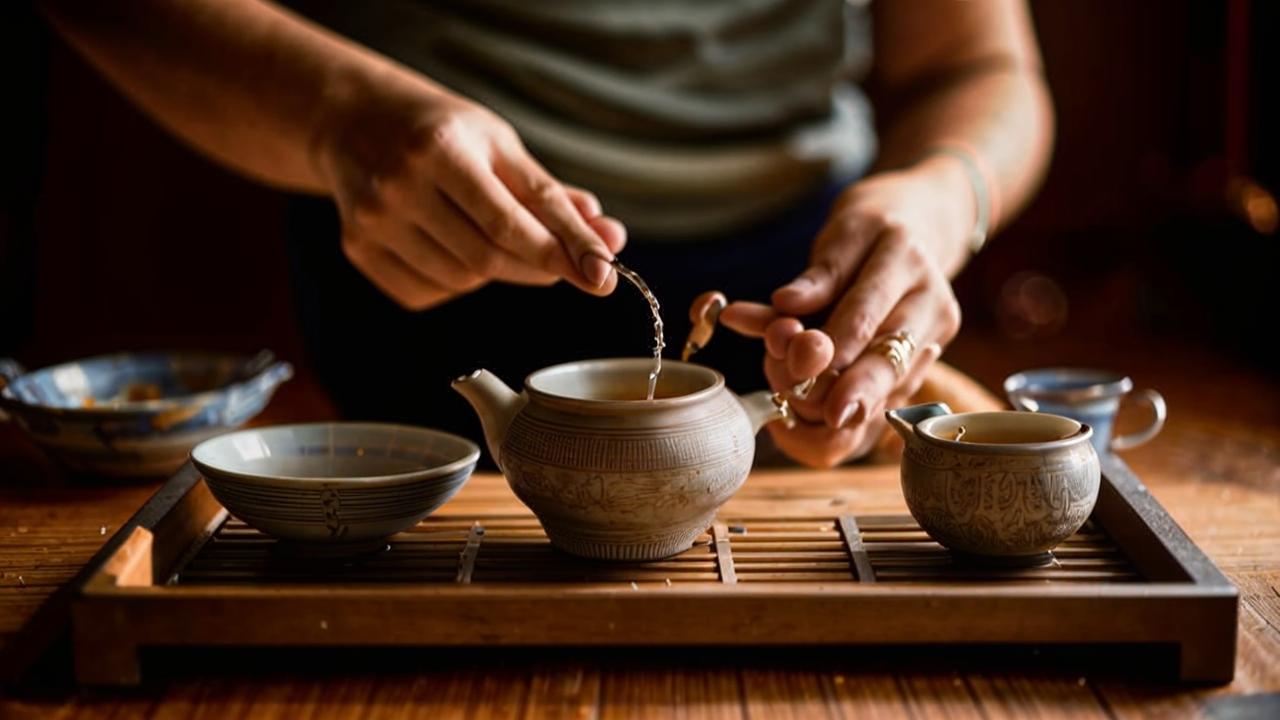This drink is also known as oolong tea, turquoise tea or black dragon tea. It has been known for 300-400 years. It is produced in China, where it is used in the “gong fu cha” ceremony. The varieties grown in the south and north of Fujian are especially emphasized, as the place is famous for its clean mountain air.
This is a large group of Chinese teas that are produced using a unique processing technique. Most teas use the top leaves and buds, while oolongs are made from mature leaves. It is characterized by a spicy and rich flavor.
What types are there?
Oolongs are usually divided into four varieties. They include:
- Strongly fermented (red/dark). Popular ones are considered to be: Da Hong Pao, Feng Huang Dan Tsung, Gaba Alishan, Shui Jin Gui.
- Weakly fermented (light). Teguanyin, Dong Ding, Alishan, Huang Jin Gui are distinguished here.
- Flavored. They are the most popular. Among them are milk oolong, strawberry oolong, ginseng oolong, honey melon, Gui Hua.
- Aged. Lao Te Guan Yin, Te Guan Yin Wang.

Useful properties

Nutritionist, specialist of the Etion Preventive Center
The discussion about the benefits or harms of tea is ongoing, as this drink in its composition has about 300 different compounds that affect the human body in different ways. Depending on the species and its geography, the composition will differ.
There are several groups of substances that make up the tea leaf: flavonoids, alkaloids, purine and tannins.
Alkaloids are the well-known caffeine. It has a tonic effect on the body, improves mental performance, increases activity, stimulates the cardiovascular and central nervous system. In oolong invigorating substance is less than in black.
Flavonoids – determine the quality and useful properties of the tea drink. Since they have an antioxidant effect, prevent the development of atherosclerosis, reduce the fragility and permeability of capillaries, reduce blood clotting, have a diuretic effect.

Today, tea bioflavonoids have a wide range of pharmacological properties, such as immunostimulating, cardio- and hepatoprotective, antitumor and antiviral. Most studies have also shown that flavonoids in green tea lead to a reduction in body fat.
Tannins – prevents the development of cancer processes, lowers blood pressure, has antimicrobial, disinfectant effect. Black tea has the highest concentration, followed by oolong and only then green tea.
Given the differences in the composition of different types of tea, we can conclude that oolong tea is suitable for patients with diseases of the cardiovascular system due to the lower content of caffeine. So it is less likely to cause tachycardia (increased heart rate). And the diuretic effect reduces the volume of circulating blood and leads to a decrease in blood pressure.
Противопоказания
The use of oolong is not recommended for everyone. This tea is not allowed for children and pregnant women because of the negative properties of caffeine. Also, it is not worth consuming at night, as it can disrupt the quality of sleep.
People suffering from peptic ulcer disease and chronic gastritis should refuse this drink, because it will provoke increased production of hydrochloric acid, which can lead to an exacerbation of the disease. The exception will be people suffering from gastritis with reduced acidity. They will benefit from tea, as it will improve gastric secretion.

All types of tea contain tannin, which disrupts the absorption of iron into the intestine. Therefore, it should be used with caution by people prone to iron deficiency anemia.
Purines in the composition of this drink increase the level of uric acid in the body, so it is worth completely exclude it from the diet of people suffering from gout and hyperuricemia.
Remember that you should not consume a tea drink more than three cups a day.
How to brew?
Oolong is famous for the fact that it can be brewed repeatedly. Some light-colored varieties can withstand up to 15 spills.
- To start, you should rinse the teapot with boiling water. For light varieties, choose a container made of glass and porcelain, and for red varieties – from clay.
- Then you need to pour about 10 g of tea.
- Pour hot water, the temperature of which should be about 80-90 degrees. It is important to immediately drain it. This portion is not intended for consumption. It is necessary for washing the leaves and revealing the taste and aroma.
- Again pour hot water into the kettle. Brew for one minute. The tea is ready to drink!
It is not recommended to leave water in the kettle if you plan to re-brew it. In this way, the flavor and aroma are lost. It is necessary to completely drain the liquid. It is not necessary to add sugar and lemon, as it is a self-sufficient drink.

Как да съхранявате?
Red varieties should be stored in an airtight container in a dark, dry place. It is worth considering that the leaves quickly absorb extraneous aromas, so do not keep near strong and heavy odors.
Light-colored varieties should be stored in the freezer at -18 degrees. No Chinese would drink tea if they knew it had been stored at room temperature! Otherwise, moisture will form on it, which the tea leaf actively absorbs, triggering the oxidation process.





